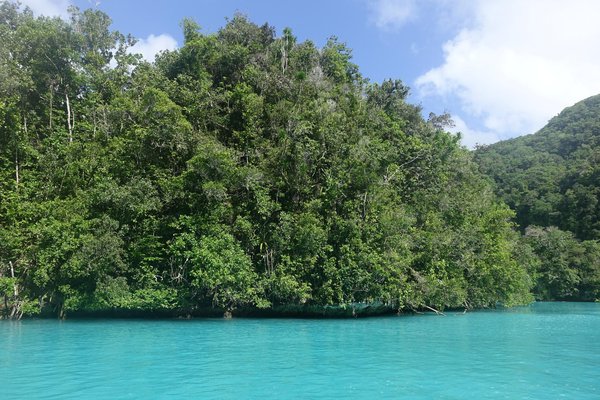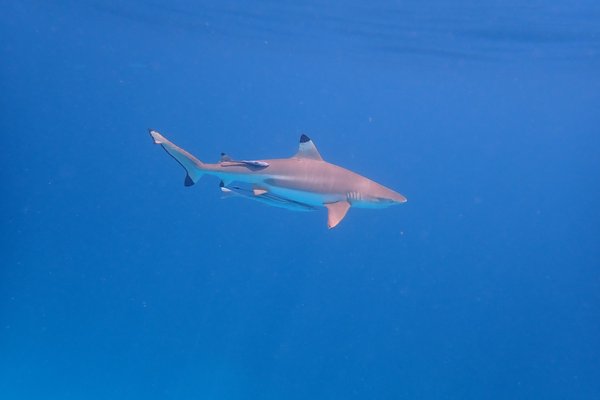Palau
Rock Islands
Rock Islands Southern Lagoon is a marine landscape that includes hundreds of iconically dome-shaped, uninhabited islands of great beauty.
The archipelago is of volcanic origin. Abundant rainfall has created diverse habitats, including 52 marine lakes which are “natural laboratories” for the scientific study of evolution and speciation. It is also a critical area for fish and coral preservation. Some of the islands were periodically settled by Palauans in the past, and they continue to visit. Prehistoric cave burial sites, rock art and remains of later settlements on the island clusters of Ulong and Ngemelis and three islands (Ngeruktabel, Ngeanges, and Chomedokl) testify of that.
Community Perspective: all reviewers enjoyed the not (yet) overcrowded surroundings, with days of kayaking, snorkeling, the occasional scenic flight and a visit to the famous Jellyfish Lake for the lucky ones. None have reported back on the cultural aspects of the site yet.
Site Info
Official Information
- Full Name
- Rock Islands Southern Lagoon (ID: 1386)
- Country
- Palau
- Status
-
Inscribed 2012
Site history
History of Rock Islands
- 2012: Advisory Body overruled
- ICOMOS advised referral for cultural criteria (mgt plan, create database), but amendment by Japan was accepted to inscribe it on both natural and cultural criteria immediately
- 2012: Inscribed
- Inscribed
- Type
- Mixed
- Criteria
- iii
- v
- vii
- ix
- x
Links
- UNESCO
- whc.unesco.org
- Official
-
- pristineparadisepalau.com — Visit Palau
- Related
-
- animals.nationalgeographic.com — Golden Jellyfish
- en.wikipedia.org — Jellyfish Lake
All Links
UNESCO.org
- whc.unesco.org — whc.unesco.org/
Official Website
- pristineparadisepalau.com — Visit Palau
Related Resources
- animals.nationalgeographic.com — Golden Jellyfish
- en.wikipedia.org — Jellyfish Lake
News Article
- Jan. 16, 2019 kitv.com — Palau's Jellyfish Lake reopens as thousands of jellyfish return
- June 23, 2016 abc.net.au — El Nino decimates inhabitants of Palau's treasured Jellyfish Lake
Community Information
- Community Category
- Natural landscape: Marine and Coastal
- Archaeological site: Pacific
Travel Information
High entrance fees
Recent Connections
-
Historic climate change
"The settlements reflect distinctive re…
-
Oceanic Dolphins
Spinner Dolphins (source)
-
Austronesian cultures
Palauan
Connections of Rock Islands
- Individual People
-
-
Visited by Nicolas Hulot
Émission 2 : Les trésors de l'océan (Palaos, 1998)
-
- Geography
-
-
Situated in one of the SIDS
Palau -
Formerly inhabited islands
-
Uninhabited islands
presently uninhabited, after the villages were abandoned in the 17th/18th century -
Pacific Ocean
-
Archipelagos
-
Marine sites
UNESCO map states "Percentage Marine 95% Land 5%" -
Micronesia
-
Located in a microstate
Palau: 459 km2 / 20,956 inhabitants
-
- Trivia
-
-
Built or owned by Japanese
Japanese military ship wrecks from WWII -
Scuba Dive Liveaboard
-
Built or owned by Germans
"blasted by the Germans to ease boat passage during their 1899 to 1914 Palau occupation" (Lonely Planet website) -
Covers more than 5 percent of country
Difficult to calculate due to incomplete sources, but more than 5% of the land area
-
- History
-
-
Historic climate change
"The settlements reflect distinctive responses to their local environment and their abandonment demonstrates the consequences of population growth and climate change impacting on subsistence in a marginal environment." (OUV statement)
-
Shell Mounds (Middens)
Remnants of midden deposits (AB ev) -
Castaways or shipwrecked mariners
British East India Company vessel Antelope shipwrecked on Ulong in 1783 - the survivors subsequently spent 3 months on Palau (AB ev and link)See en.wikipedia.org
-
- Ecology
-
-
Endemic Bird Species
all of Palau's 9 endemic bird species have been observed in the RISL (AB ev) -
Notable examples of island gigantism
Giant Clam -
Blue Holes
The Blue holes dive site is situated in the Ngemelis islands -
Mangroves
The islands form complex geographical features and create diverse habitats including .... mangroves (AB ev) -
Crocodiles
Adult and juvenile salt water crocodile are regularly observed in the RISL (Nom file) -
Oceanic Dolphins
Spinner Dolphins (source)
-
Turtles and tortoises
sea turtles (IUCN) - green and hawksbill
-
Sharks
"gray reef sharks, blacktips and whitetips", and possibly leopard sharks -
Natural Arches and Bridges
ChelbachebSee www.tumblr.com
-
Critically endangered fauna species
hawksbill sea turtle nests here, the only known location in Micronesia (nom file) -
Dripstone
-
Lagoons
surrounded by a lagoon (AB ev) -
Coral
fossil islands within RISL made up of coral reefs uplifted due to volcanic forces and eroded over millions of years (AB ev) -
Siraneans
dugong -
Molluscs
Crit x "7 species of giant clams, and the endemic nautilus are found in the property"
-
- Damaged
-
-
Affected by El Niño
The extreme El Nino event that has wrought havoc across the Pacific is being blamed for decimating Palau's Jellyfish Lake - seeSee www.abc.net.au
-
- World Heritage Process
-
-
Only WHS in their country
-
Mixed sites inscribed on 5 or more criteria
5 criteria -
First inscriptions
Palau 2012 -
Slow Starters
2002-2012 : 10 years -
Natural sites filling gaps cited by IUCN
Palau ecoregion -
Cultural landscape not recognized
Clearly nominated as a CL and recognised as such by ICOMOS
-
- Human Activity
-
-
Austronesian cultures
Palauan
-
Pictographs
Ulong pictographs (AB ev) -
Pygmy Peoples
Fossils of 'Small-Bodied Humans' were supposedly found at Omedokel cave - later studies argue that "early Palauans were of normal size and that their physical characteristics are well within the variation seen in modern human populations"See www.abc.net.au
-
- Constructions
-
-
Stepwells
Ulong Village contains several stone features, including a ... walk-in well on the beach flat (nomination file) -
Lighthouses
Ngeremdiu lighthouse: old German Lighthouse, remains from turn of the 19th century mining efforts on Palau
-
- WHS on Other Lists
-
-
Biodiversity hotspot
Polynesia-Micronesia -
WWF Global 200
Marine, Tropical Coral: (224) Palau MarineSee web.archive.org
-
- Timeline
-
-
Miocene
The archipelago as a whole is volcanic in origin, formed during the Miocene era (AB ev) -
Built in the 2nd Millennium BC
Human activity is evidenced in the Rock Islands from 3,100 BP on Ulong Island (AB ev)
-
- Visiting conditions
-
-
High entrance fees
50 USD (2017)
-
News
- kitv.com 01/16/2019
- Palau's Jellyfish Lake reopens as …
- abc.net.au 06/23/2016
- El Nino decimates inhabitants of P…
Recent Visitors
Visitors of Rock Islands
- Ammon Watkins
- Ana
- Bill Maurmann
- Bram de Bruin
- Cheryl
- Christoph
- Christravelblog
- Clyde
- Dennis Nicklaus
- Els Slots
- Eva Kisgyorgy
- Frederik Dawson
- Gary Arndt
- Harald T.
- Harry Mitsidis
- Janos
- Jeffrey Chai
- Linz
- Loic Pedras
- Luis Filipe Gaspar
- Lukasz Palczewski
- Marcobrey
- Michael Ayers
- Michael Novins
- Pieter Dijkshoorn
- Randi Thomsen
- Stanislaw Warwas
- Svein Elias
- Thomas Buechler
- Timothy C Easton
- Weecheng
- Wojciech Fedoruk
- Zoë Sheng
Community Reviews
Show full reviews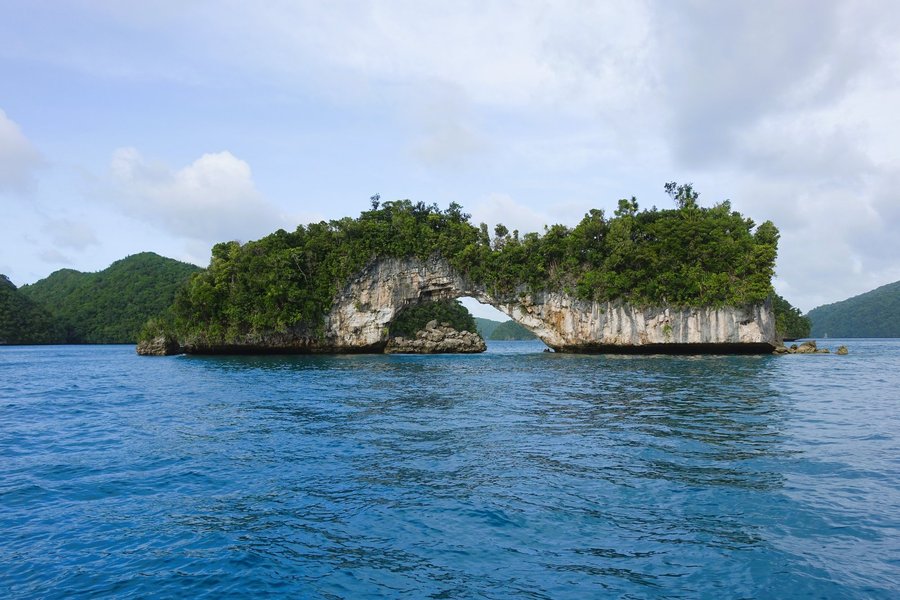
Time of visit: August 2018
Duration of visit: 2 days
Mode of transportation: within the WHS - scenic flight, scuba diving, and kayaking; to get to Palau, from Honolulu, via the United Pacific Hopper flights, and then connecting through Guam
Review and experience
Palau is a tiny country by land size and population (albeit its EEZ is quite large), but its only WHS of Rock Islands is well deserving and certainly serves as the country's crown jewel by all means. I was in love with Palau the moment I was in the immigration queue (a rarity... since most immigration experiences are less than pleasant), but the Palau passport stamp was so unique, as stamp is a pledge to protect Palau's environment, signature and all.
In total, I was fortunate to experience Rock Islands 3-ways. And as such, my highlights:
- Scuba diving: Day 1 of my time in Palau, I spent a full day scuba diving in the park. The sights were amazing, and highlights were 1) the beautiful coral reefs, 2) the many reef sharks that we spotted along the dives, and 3) the manta ray that graced our 2nd dive. If memory serves right, dive 1 was Blue Corner and dive 2 was German Channel; both are highly popular dive sites.
- Kayaking: On Day 2, I spent the morning solo kayaking in Nikko Bay. The same dive shop offered kayaks for a great price, so I took full advantage of it. …
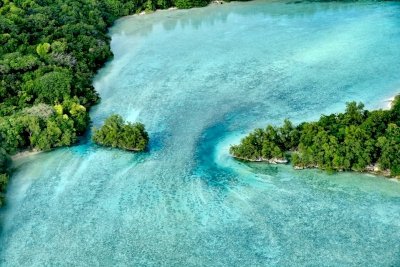
I was fortunate to finish my business trip in Taiwan few days before the pandemic reached this nation and the rest of Asia. During my time in Taiwan, I decided to use this opportunity to visit Palau to see its beautiful World Heritage Site, the Rock Islands. Since I only have 3 days in Palau, my schedule was packed with all the package activities. My experience in this tropical paradise was similar to other reviewers. The stunning milky way and jelly fish lake were truly unique and two of the best highlights of Palau. Compared with Vietnam’s Ha Long Bay, the Rock Islands, in my opinion, was far better for its nicer tropical climate, stunning clean sea, and better management. I felt safer to swim here than the polluted Vietnamese one. I also ranked the Rock Islands to be better than Thailand’s Phang-Nga Bay, while the islands were less dramatic, it was not overcrowded like in Thailand.
Another interesting thing of Palau was its food, I was surprised that its local delicacy was bat soup, which was quite popular among Chinese and Taiwanese tourists, nothing related to those COVID-19 eating bat rumor. With many Japanese influence and cultural link with other pacific islands, I found the local Japanese-Okinawan-Micronesian American mix food was really unique similar or maybe more complex than Hawaiian food I experienced a month ago before this trip. I ended my Palau trip with air flight to see the famous Rock Islands from the sky. It was …
Keep reading 0 comments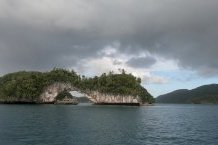
The button-shaped, jungle covered islands Rock Islands were nice and interesting to see above the water as we cruised around on our tour, but the real attractions are below the surface. The absolute highlight, of course, was Jellyfish Lake, which, as of our January 2019 visit was back in business and open to the touring public. Snorkeling with these eerie creatures was incredible. We had two days out among the Rock Islands. The first afternoon we went kayaking with a little bit of snorkeling at a couple different spots. Kayaking was a lot of fun and we were glad we'd decided to do it. The next day we did the grand tour, which included: the Milky Way (you cover your skin with smooth limestone mud from the sea floor); snorkeling at several spots such as Clam City (Giant Clams), the "Big Drop", Jellyfish Lake, and more; lunch at the scenic Long Beach (an island with a very long, smooth sand bar); and boating beneath a nice rock natural arch. The snorkeling was fantastic with lots of variety of coral, uncountable colorful tropical fish, sea turtles, rays, starfish,... It was probably worth it even without the jellyfish. But with the jellies included, we were all smiles.
We booked our tour through the Antelope Guest House and were very happy with the service we got. We were the only guests with our guide both days, and had Jellyfish Lake all to ourselves for most of the time we were there, though …
Keep reading 0 comments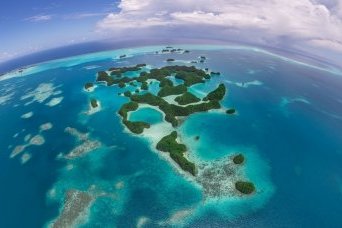
The Republic of Palau is one of these destinations that isn’t frequently visited by tourists. And those that do are mainly Asian (Chinese) tourists. Palau has just 1 WHS site and that’s the rock islands. There are many but the most famous is the 70 Islands cluster. You can’t go in there anymore. The only way to see them is from the air! I did a helicopter flight over Palau which is an amazing experience. You see much better these rock islands. The next day I also did a Kayak tour where you get closer to other rock islands. Both tours gave me a good view of this WHS. I liked it as it’s unique.
Unfortunately, I couldn’t visit all the TWHS; I missed the stone money quarry as I ran out of time. But, I did visit Yap and saw the stone money a week later. Will be back to Palau one day I hope as I still want to go diving there.
Keep reading 0 comments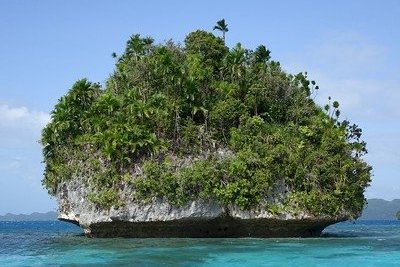
Rock Islands Southern Lagoon so far is Palau’s only WHS. It encompasses a marine area south of the nation’s main islands Babeldaob and Koror. The lagoon is a maze of some 445 karstic islands, of which many show a typical mushroom-like shape. The site is a mixed WHS: some difficult-to-access archaeological sites are part of the core area too, mostly on Ulong and Ngeruktabel islands.
The WHS cannot be visited under your own steam: you have to join a tour, hire private boat transport or step on the state ferry to the outlying island of Peleliu that only runs twice a week. I visited the Rock Islands with Impac Tours – this may be Palau’s largest and most professional tour outfitter, aimed especially at a Japanese audience but other nationalities are welcome too. On my tour, an English-speaking guide and a Chinese & Korean-speaking guide supported the Japanese head guide. The cost was 95 USD for the tour, plus 50 USD for a special conservation permit.
I joined 20 other tourists on the ‘Rock Islands plus Kayaking’ full-day tour. Around 9 a.m. each day, you’ll see many boats leaving the tourist resort of Koror – one hardly has the lagoon (which isn’t too big by the way) to itself. But it must be said that the Impac guides tried to avoid anchoring at places where there were already other boats. Probably the best part of the day was the hour that we spent kayaking. A kayak gets you …
Keep reading 0 comments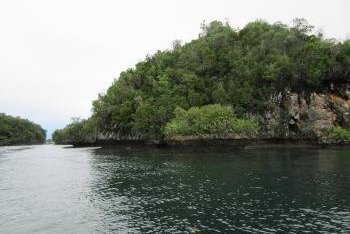
Palau is rather rarely visited and expensive destination, but once someone decides to go, visiting Rock Islands is the must. They are a symbol of the country, their aerial view is presented on postcards, advertising materials, even politicians put their photos on this background on election billboards. Rock Islands are also considered one of the most stunning diving spots on Earth.
Rock Islands are - as the name suggests - a group of hundreds of stone islands and islets, most of them uninhabited and entirely covered by tropical jungle. They are similar to other famous and UNESCO-listed sites, such as Ha Long in Vietnam. First islands may be visited from Koror, the biggest town in this tiny country (17k population total and about 12k lives in Koror), but inscribed area is 'Southern Lagoon' only, so to visit the site properly you have to either take a public ferry to Peleliu (I found no information on that in Koror) or buy one of the organised tours. The tours are very expensive and make this WHS one the most pricey on the list. Basic fare for a ship and snorkeling in the lagoon is 125 USD per person (children under 6 go free) and you have to add an obligatory state permit of 50 USD pp. The permit is valid for 10 days but you cannot buy it for shorter terms, even if you go there for a couple of hours only. So the minimum fee is 175 USD (diving is obviously …
Keep reading 0 comments
